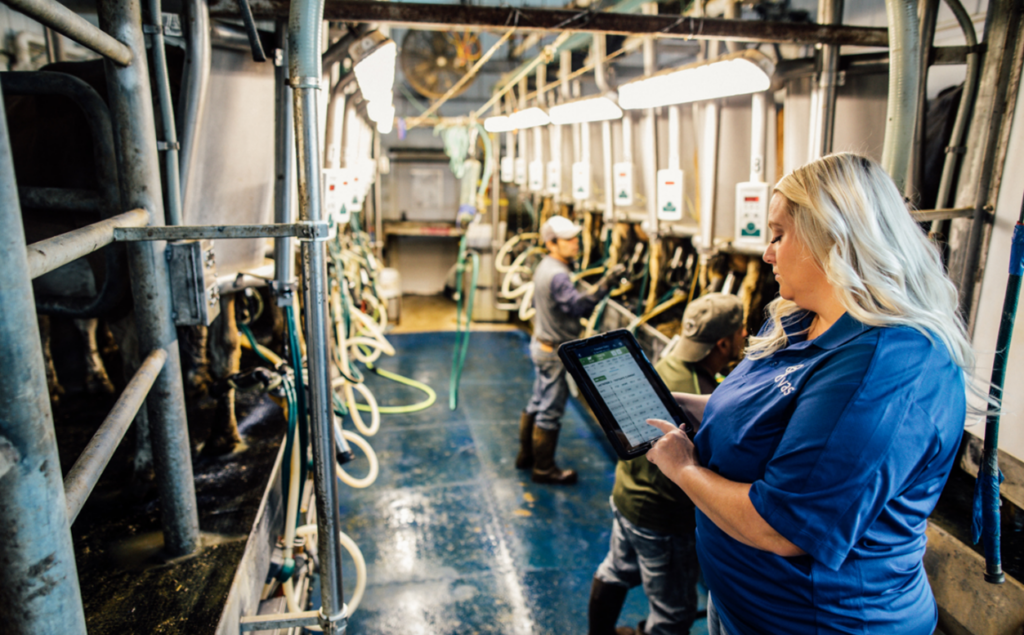Bring more value to your dairy data with these tips
Ever wondered how you can add more value to the individual data points collected on your farm? Real magic (and value) happens when individual data points are transformed through context and connections. And when we look at all that information as a whole, the bigger picture can empower you to drive discussions for influential changes on your dairy.
Leverage these tips from our experts to get the most from your dairy data today!
The rights tools for success
Any tool that brings data together into one place and is easy to access and share with your team leads to simpler, more efficient management.
VAS PULSE Platform builds off a one-dashboard approach by displaying all relevant data from your other on-farm applications in one location. The PULSE Platform makes it easy to share your data through file sharing and grant-access levels, ensuring everyone you choose sees the same data story.
You can access your data anytime, thanks to cloud accessibility, while staying on track with your KPIs by setting up alerts to get real-time notifications when they fall below personal and industry thresholds.

See the big picture
When reviewing your herd data, these considerations help ensure your takeaways are accurate:
- What outside factors have an impact?
Consider a wide range of aspects and factors that may inform changes in data patterns. For example, you switch breeders in May and in July, you notice conception rates are much lower. Without considering seasonality or heat stress, you may think the new company is not doing a good job. Looking at all the factors may reveal that the lower conception rate was due to heat stress, not the new breeder. - What window of data are you looking at?
Evaluating too short of a timeframe can lead to data misinterpretation. When making protocol or management changes, give it enough time before digging in to recognize a true difference in performance. Consider changes in your dry-off protocol, such as switching dry period treatments or adding a teat sealant. At a minimum, you need to wait two months until those cows calve in to begin to assess the results. Furthermore, you need to have enough animals and outcomes to draw a significant conclusion.
Keep in mind your window may not only be based on time – consider all the factors that contribute to what you’re analyzing such as: population, location and pen, etc.
Be intentional with your data
Schedule time, at least once a month, to review your data. Farms often find a good time is after herd check or milk testing since you have new data available. Or designate a specific day monthly, such as the second Tuesday of every month. It doesn’t matter when you schedule it – being consistent and making time for it does!
Identify what you will review and keep it consistent. Then, set a timeline to make changes based on the data you see. Creating a plan and timeline to make those protocol and management shifts ensure you are capturing the data you need to evaluate the change.
Are you maximizing the data you have available in DairyComp and VAS PULSE Platform? Don’t hesitate to reach out to a support team member, or your local farm performance consultant to ensure you’re extracting the maximum value out of your herd management investment.
